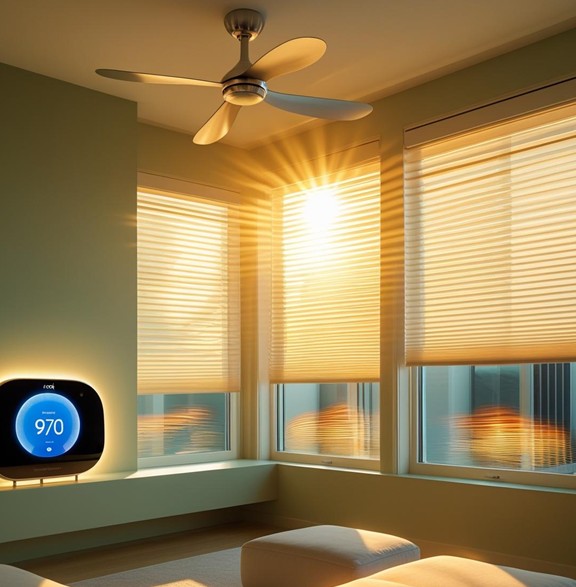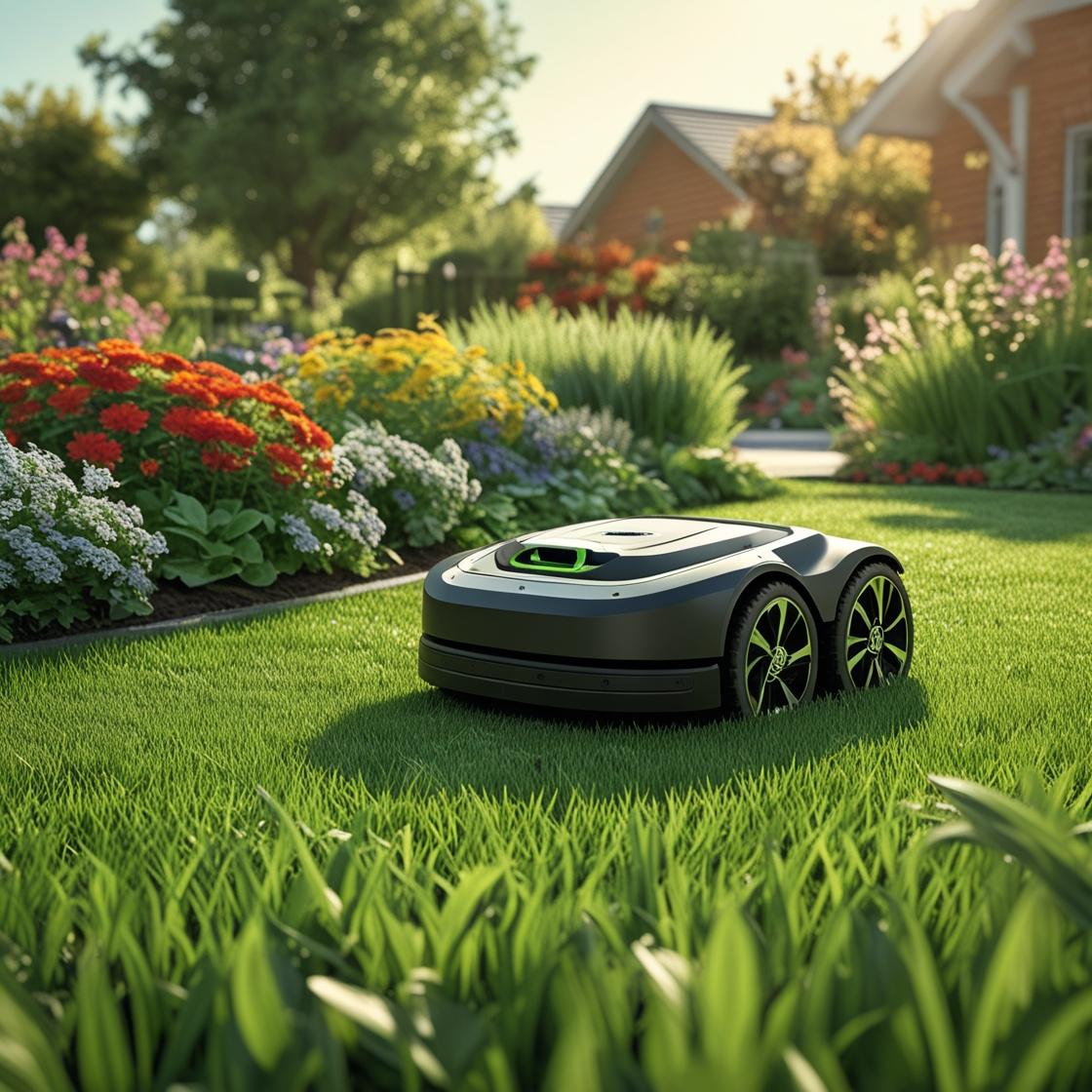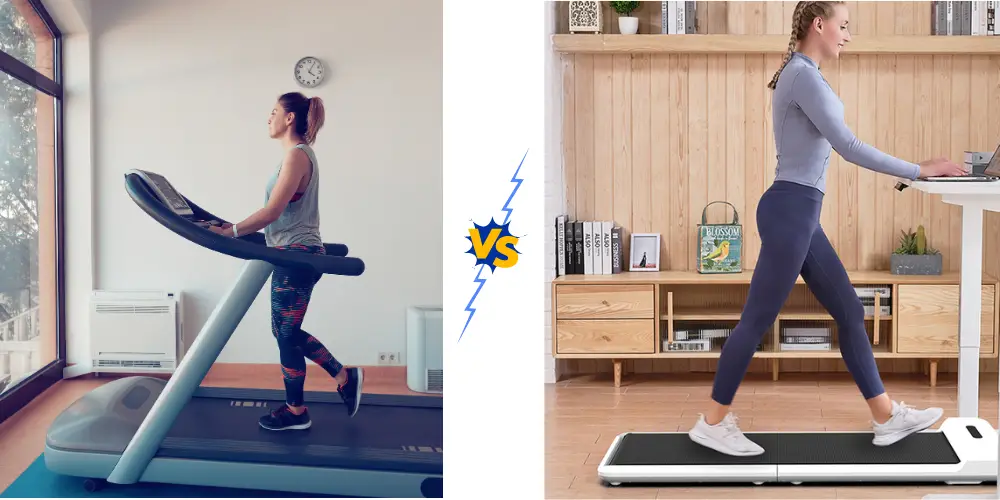
If you’re looking to step up your fitness game, you’ve probably come across two popular options: walking pads and treadmills. Both options offer unique benefits, but choosing the right one can be challenging. Let us help you navigate the key differences between walking pads and treadmills, and help you make an informed decision that aligns with your fitness goals and lifestyle.
Quick Overview
| Feature | Walking Pad | Treadmill |
|---|---|---|
| Size & Portability | Compact, foldable, easy to store | Larger, heavier, requires dedicated space |
| Exercise Options | Primarily for walking | Suitable for walking, jogging, and running |
| Speed Range | Limited speed options, up to around 4-6 mph | Wide speed range, from walking pace to high-speed running |
| Incline Settings | Typically no incline options | Adjustable incline settings for varied workouts |
| Price | Generally more affordable | Higher cost, varies widely with features |
| Noise Level | Quieter, suitable for shared living spaces | Can be noisy, especially during running |
| Impact on Joints | Low-impact, gentle on joints | Varies; low to high impact depending on use |
| Maintenance | Minimal maintenance required | May require more maintenance, especially with heavy use |
| Best For | Office workers, seniors, small spaces | Fitness enthusiasts, varied cardio workouts, home gyms |
Walking Pads Pros and Cons
A walking pad is a compact, portable device designed for low-impact exercise, primarily walking. It’s perfect for those who want to stay active while working from home or for people with limited space.
Pros:
- Space-Saving: Walking pads are typically lightweight and easy to store, making them ideal for small spaces.
- Low-Impact Exercise: They offer a gentle workout, perfect for beginners or those looking to maintain basic fitness levels.
- Quiet Operation: Walking pads generally produce less noise compared to treadmills, making them suitable for shared living spaces.
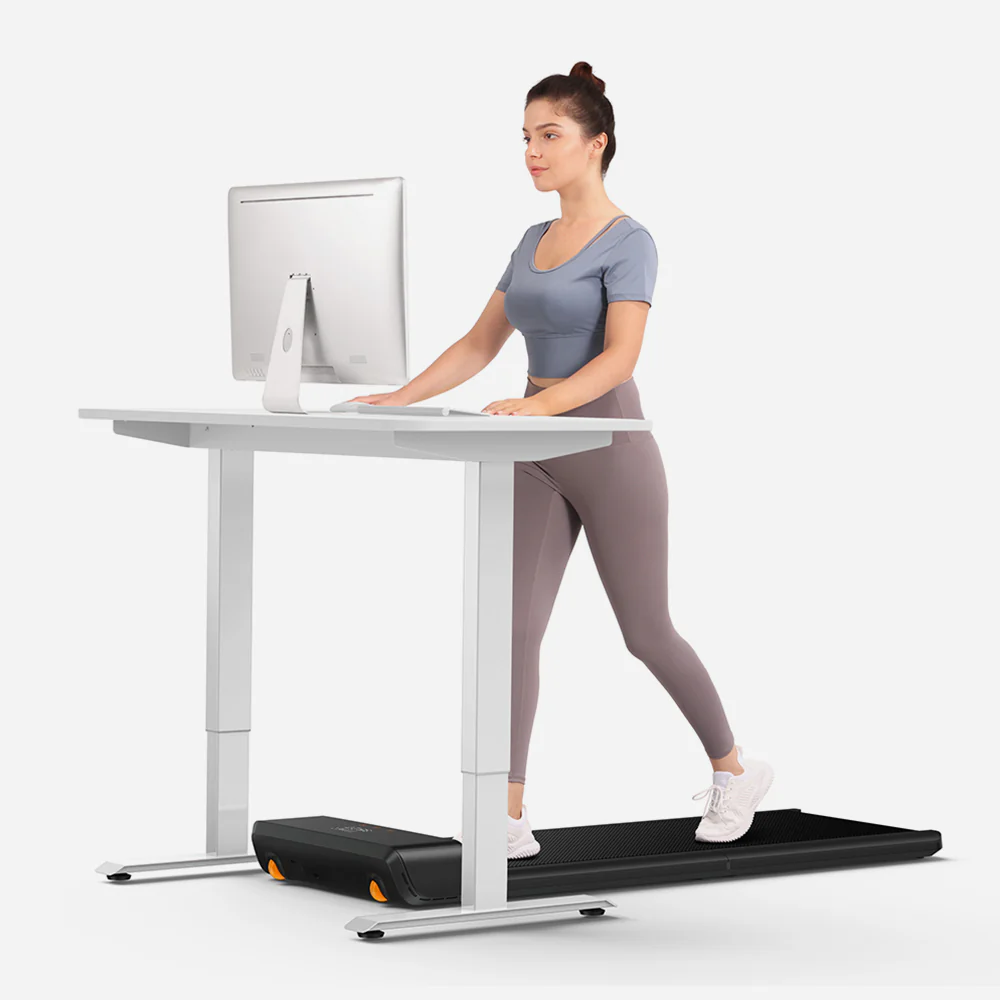
Cons:
- Limited Speed Options: Most walking pads have a maximum speed that’s suitable for walking but not running.
- Less Versatility: They’re primarily designed for walking, so those looking for intense cardio workouts might find them limiting.
- Safety Concerns: Most walking pads do not have handrails, which can be a concern for users with balance issues or older adults.
Ideal For: Office workers, seniors, or anyone looking to stay active with minimal space and noise.

WalkingPad C2
- Motor: Brushless motor for quiet operation.
- Speed:
- Range: 0.5 to 3.72 miles per hour (0.8 – 6 km/h). Note: Not ideal for jogging or running.
- Control: Remote control and LED display for manual speed adjustment.
- Running Belt:
- Size: 47 inches (119.4 cm) long and 16.5 inches (41.9 cm) wide. May feel narrow for some users.
- Feature: Cushioned belt for a comfortable walking experience.
- Weight Capacity: 220 lbs (100 kg).
- LED Display: Shows time, speed, steps, and calories burned.
- Folding Design: Folds up for easy storage under furniture.
Treadmills Pros and Cons
With a treadmill more versatile exercises are available. You can walk, jog, or run at various speeds and inclines. And do a wide range of workouts from light walking to high-intensity interval training (HIIT).
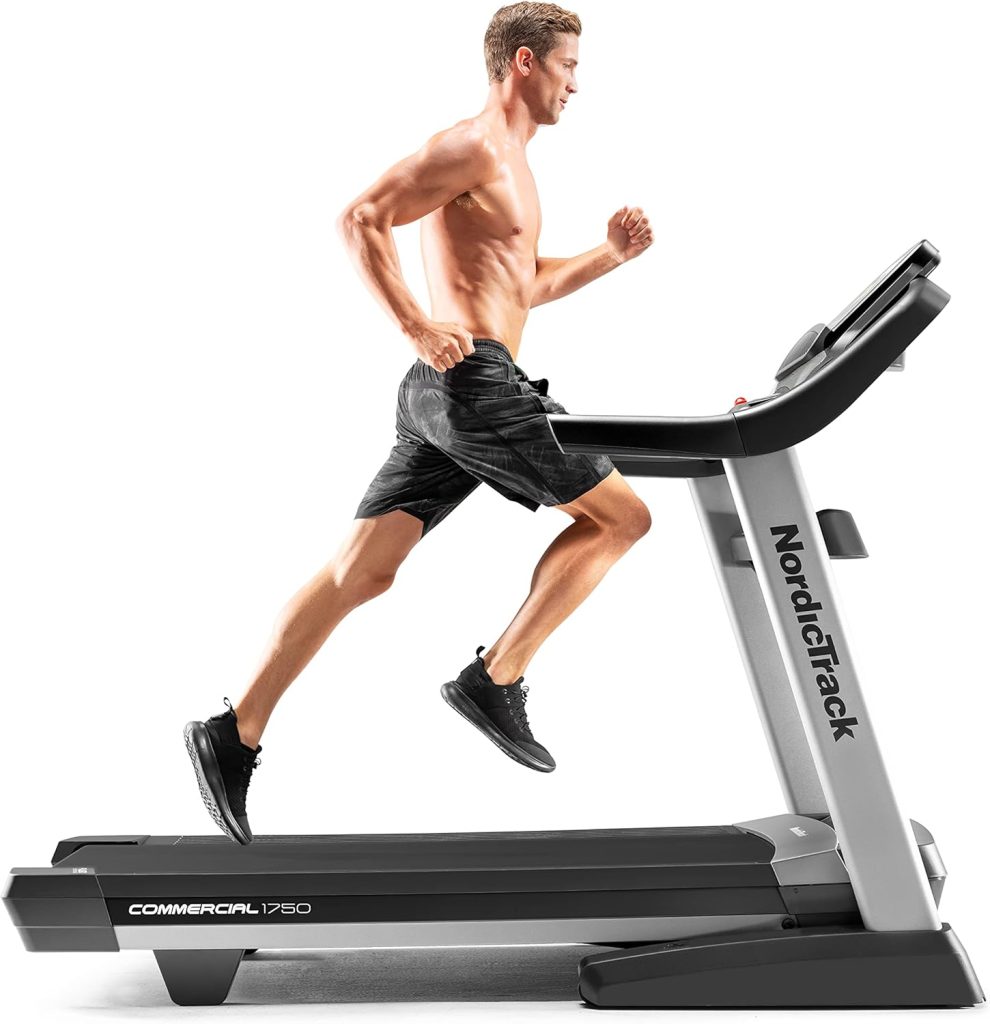
Pros:
- Versatility: Treadmills offer a wide range of speeds and incline settings, making them suitable for all fitness levels.
- Intense Workouts: You can use a treadmill for anything from a light walk to a vigorous run, allowing for comprehensive cardiovascular training.
- Advanced Features: Many treadmills come with built-in workout programs, heart rate monitors, and entertainment options.
Cons:
- Space Requirements: Treadmills are generally larger and heavier, requiring more space and often a dedicated area.
- Noise Levels: Running on a treadmill can be noisy, which might be an issue in shared living environments.
- Cost: Treadmills tend to be more expensive and may require more maintenance over time.
Ideal For: Fitness enthusiasts looking for a versatile machine that supports both walking and running.
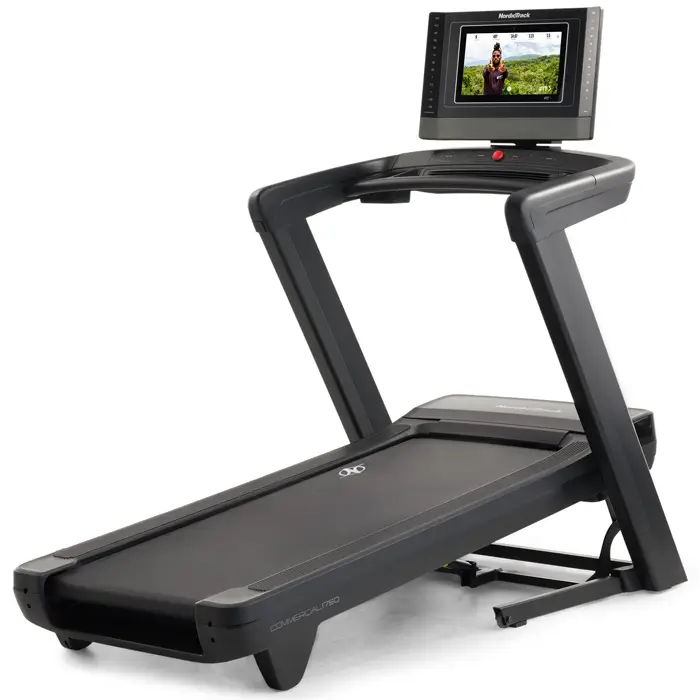
Nordic Track 1750
- Motor: 3.5 CHP DurX™ Commercial Plus Motor (smooth & quiet)
- Running Belt: 22” x 60” Commercial Tread Belt (spacious for running)
- Cushioning: RunnersFlex™ Cushioning (adjustable impact absorption)
- Incline/Decline: 0-12% incline & -3% decline for hill training
- Speed: 0-12 MPH with QuickSpeed® controls
- Display: 14” HD Tilt & Pivot Touchscreen
- Interactive Workouts: iFIT-enabled for live & on-demand training
- AutoAdjust™ Technology: Auto-changes speed & incline during workouts
- Audio: Bluetooth audio & dual 2” digitally amplified speakers
- Connectivity: Wi-Fi-enabled for streaming workouts
- Cooling: AutoBreeze™ Workout Fan
- Storage: SpaceSaver® Design with EasyLift™ Assist (foldable)
- User Capacity: 300 lbs (durable & sturdy)
When it comes to your fitness goals what do the Experts think?
Both walking pads and treadmills can contribute to improved fitness, but in different ways:
- Walking pads are excellent for increasing daily step count and reducing sedentary time, especially when used with standing desks.
- Traditional treadmills offer more options for intense cardio workouts and varied training programs.
If most of your workday is sedentary and/or with limited space, a walking pad can be an effective solution. If space is not an issue and you need more training options (and can afford it) than a treadmill is your way to go.
Making the Right Choice for You
Both walking pads and treadmills have their own set of advantages and drawbacks. Your decision depends on your fitness goals, available space, budget, and noise considerations. If you’re looking for something that fits seamlessly into your daily routine with minimal disruption, a walking pad might be your best bet. On the other hand, if you’re ready to commit to a broader range of workouts, a treadmill offers the flexibility you need.
Remember, the best choice is one that aligns with your lifestyle and helps you stay consistent with your fitness goals. Whether you opt for a walking pad or a treadmill, the key is to stay active and make exercise a regular part of your routine!
FAQ
Is walking on a treadmill as good as walking outside?
Both treadmill walking and outdoor walking have their own set of benefits. If you value convenience, consistency, and the ability to control your workout environment, treadmill walking might be more suitable. If you enjoy the mental and physical benefits of being outdoors, or if you seek variety and natural challenges in your workout, walking outside could be more beneficial.
If you walking a part of your routine you will need a treadmill for times when outside exercises isn’t possible due to weather conditions or time constraints. .
What is the best walking pad treadmill
In our recent review of walking pad treadmills we liked the walkingpad x25, C2 and Goplus.
What is the size of a walking pad?
The size of a walking pad can vary depending on the brand and model, but generally, walking pads are designed to be compact and space-saving. Here are typical dimensions:
Length: Approximately 47 to 57 inches (120 to 145 cm)
Width: Around 20 to 24 inches (50 to 60 cm)
Height (when unfolded): Typically about 4 to 6 inches (10 to 15 cm)
Height (when folded, if applicable): Often less than 5 inches (12 cm), allowing it to be stored under furniture or in a closet.
Walking pads are much smaller and more portable than traditional treadmills, making them ideal for small spaces and easy storage.

